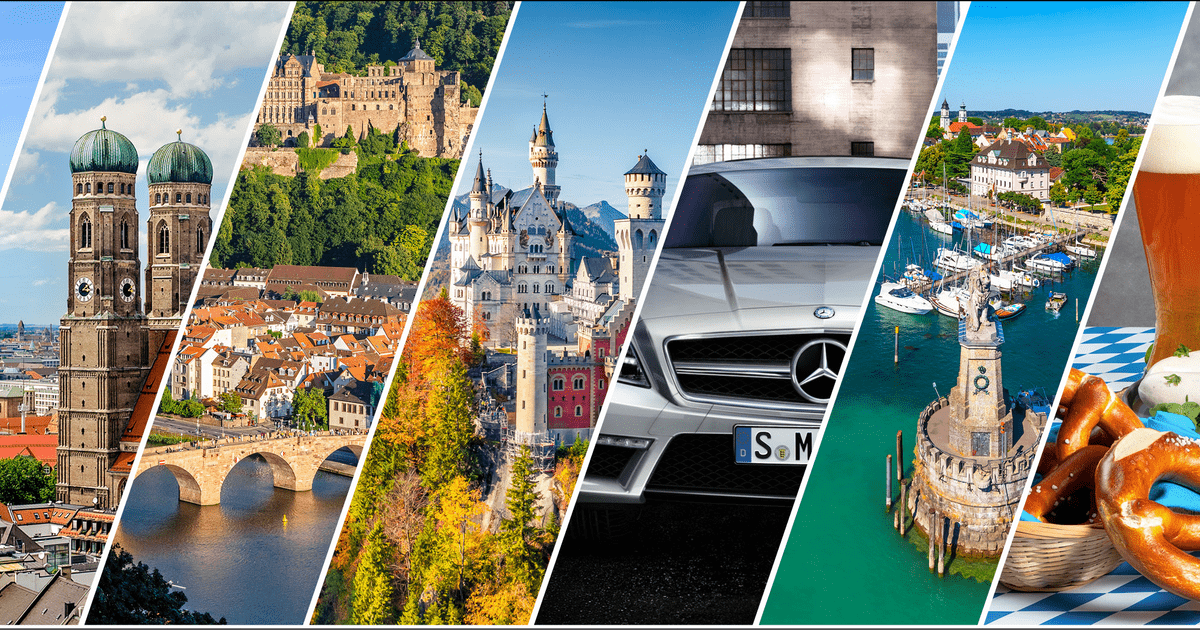Frühere Suchanfragen
Keine früheren Suchanfragen
Suchoptionen
Nur verfügbar, wenn angemeldet.
sueden.social ist einer von vielen unabhängigen Mastodon-Servern, mit dem du dich im Fediverse beteiligen kannst.

Eine Community für alle, die sich dem Süden hingezogen fühlen. Wir können alles außer Hochdeutsch.
Verwaltet von:
Serverstatistik:
1,9 Tsd.aktive Profile
sueden.social: Über · Status · Profilverzeichnis · Datenschutzerklärung
Mastodon: Über · App herunterladen · Tastenkombinationen · Quellcode anzeigen · v4.3.8
#landuse
3 Beiträge · 3 Beteiligte · 0 Beiträge heute
EntdeckenLive-Feeds
Mastodon ist der beste Zugang, um auf dem Laufenden zu bleiben.
Du kannst jedem im Fediverse folgen und alles in chronologischer Reihenfolge sehen. Keine Algorithmen, Werbung oder Clickbaits vorhanden.
Konto erstellenAnmeldenZum Hochladen hereinziehen
